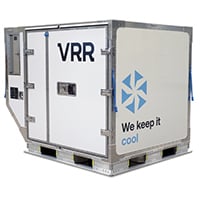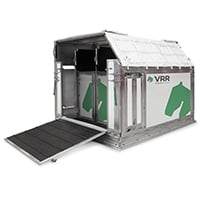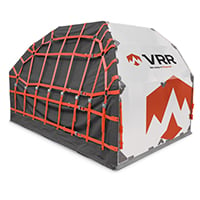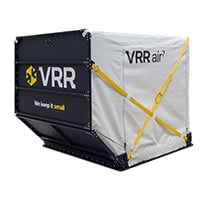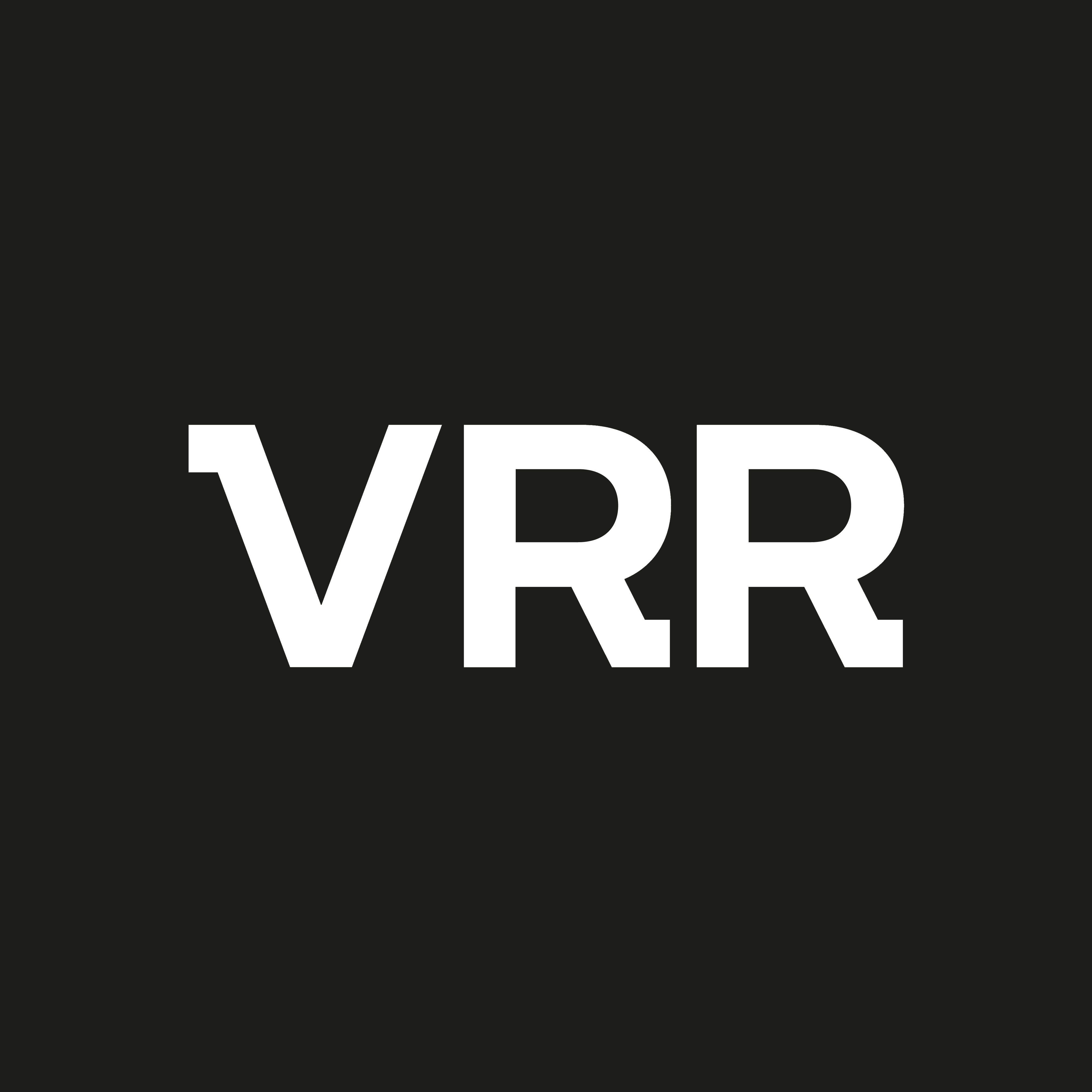Air containers (also known as Unit Load Devices or ULDs) are a familiar sight in the air cargo industry. There are about 1 million of them in service, helping to transport cargo from one place to another without compromising the safety of the aircraft.
IATA estimates their replacement value at over $1 billion, so they’re certainly not cheap assets. Yet every year, thousands are sent in for repair and maintenance because of the damage they receive through careless handling. In fact, the problem is so big that IATA has set up a ULD Safety Campaign to raise industry-wide awareness.
We decided to have a chat with Wouter Ter Horst, a Sales Support Officer at VRR, to get his perspective on the role that spare parts play in that ownership.
Wouter, who’s been with VRR for 3.5 years, is responsible for (among many other things) delivering the correct ULD parts to the right repair station in the shortest lead-time, so that our customers get their ULDs back into service as soon as possible.
What is the total cost of owning a ULD?
ULDs aren’t consumables. You don’t buy them, use them, and then throw them away. They’re too expensive for that.
If you look after them, they should last you around ten years. But looking after them involves repair and maintenance, which comes at a cost. Then there’s the cost of storage. You have to keep them somewhere safe when they’re not in use, and airport storage space is notoriously limited and expensive.
You could also throw in transport as an ownership cost because sometimes operators need to relocate ULDs from one facility to another, and they could be at opposite ends of the world.
So, the total cost of ownership is the purchase price plus the cost of repair, maintenance, storage and transport over the useful life of the ULD.
IATA estimates the total annual cost of repairing ULDs is $330 million. Why do so many ULDs get damaged?
Part of the reason is that ULDs are moved around so much. And conditions are not always kind and gentle. They’re loaded on and off at least one aircraft during a single journey. They’re picked up by forklifts, and they’re put onto rolling dollies, which can be a bit of a bumpy ride.
Then they’re stacked on top of each other in holds or warehouses. They also have to deal with all kinds of weather while they’re either waiting to be loaded onto a plane or being stored in an outdoor airport facility. It’s a tough life for a ULD.
The other reason so many get damaged is that a lot of different people handle ULDs every day. And many of these people aren’t taught to handle ULDs properly. That’s because operators outsource many of their activities to ground service providers. Some train their workers, some don’t.
You’d be surprised how many in the industry don’t realise that ULDs are actually aircraft parts. They don’t know how expensive they are either. They think they’re just a simple box to contain cargo. But ULDs are specially designed pieces of equipment. What’s more, they have a direct impact on flight safety. So, if they’re damaged in any way, they can’t be loaded onto an aircraft. They have to go for repair.
Is that why after-sales is so important for VRR and the air freight industry as a whole?
Absolutely. After-sales is the support we give to our customers after they’ve bought a ULD from us. And that support includes repairing damaged ULDs.
Customers can’t repair ULDs themselves because they’re not qualified to. Repairs can only be done by an EASA Part.145 certified repair station like ours. That means we meet EASA’s standards as a repair and maintenance station for aircraft parts and use original parts provided by the OEM.
Our repair station is located near Schiphol airport, which is really handy. It makes our turnaround times much faster. Our customers don’t like being without their ULDs for too long, so we try to get them back to them as quickly as possible. Our location helps us do that.
Does VRR repair ULDs that it makes?
Yes, a repair station may repair containers as long as they are Part.145 certified. We are certified to do so.
Also, the only ULDs that we repair is our own. We've chosen to do it like this because we know what kind of spare parts we use and we have better access to them than third parties; vice versa.
Does the repair station give VRR any other advantages in addition to excellent after-sales service?
One of the advantages of having our own repair station is that it’s much easier for us spot those parts that get damaged more often or more quickly than other parts.
The maintenance guys can talk to the designers and engineers in our production facility in Rotterdam and say, ‘Hey, we notice that we’re getting a lot of repair orders for this or that particular part. You might want to see if we can improve it or replace it with something else.’
Then the techs will take a look at it. Sometimes it’s a case of changing the part’s supplier, for example, but sometimes the ULD’s design is changed. It’s one of the ways we keep improving the quality of our containers.
So, what can ULD operators do to reduce the cost of repair?
In my opinion, there are two things the owners of ULDs can do to reduce their repair bill: one, make sure the people handling their ULDS are properly trained and, two, buy quality ULDs. Buying a cheap ULD is a false economy because they get damaged more easily.
That’s why VRR makes such robust containers. The quality of their ULDs is so high that repairs are less frequent in comparison. Quality has a price, sure, but ultimately, cheap ULDs mean more expense in the long term.
Many thanks to Wouter for sharing his perspective on owning ULDs and the role that spare parts play. If you’d like to know more about our after-sales service, you can drop him a line at wouter@vrr.aero.

